PMHS ‘reopening’ plan: An ineffective, deflating compromise
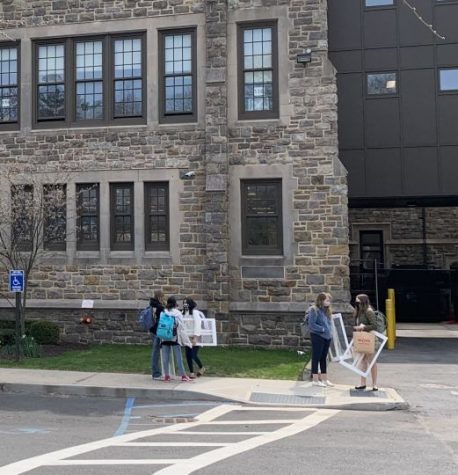
The new reopening model for Pelham Memorial High School is deeply flawed.
I have no doubt that significant time and effort went into creating this plan. However, that is not an excuse for the overly complicated, half-hybrid “reopening” model for PMHS that Superintendent Dr. Cheryl Champ introduced in Wednesday’s school board meeting. The four-cohort system provides little more than confusion, frustration and a reason for students to lose faith in the district’s approach.
First, the content of the new model. Rather than allow fully in-person instruction for high schoolers, PMHS will be split into four sub-cohorts for the remainder of the year so that roughly 70% of students will be in-person on any given school day. With this system, cohort A will be joined in-school by half of cohort B in the first half of the week (either sub-cohort B1 or sub-cohort B2, depending on the day), and cohort B will be joined in-school by half of cohort A in the second half of the week (either sub-cohort A1 or sub-cohort A2, depending on the day). Are you confused yet? Wait until you hear about what we do on Wednesdays.
Students, like parents and school administrators, need a consistent routine to stay active and aware during the day. The existing two-cohort system has caused confusion in the past, but I have grown relatively accustomed to it. Doubling these cohorts will lead to the doubling of fatigue; even ignoring the immense disappointment of having a chance at real school taken away before my graduation, the decision to further complicate hybrid learning will impact students’ ability to stay focused in class. After all, I am certain that it would be difficult for Champ to do her job if she had to confusingly alternate the days in which she enters her office for work. Requiring students to constantly check their schedules and switch their alarms every day for the last few months of school with a new hybrid system both fails to improve the learning experience at PMHS and disregards the mental health of the student body.
Being at the intersection of three large municipalities, some Pelham residents feel that the opening of our schools has been as fast a process as it reasonably could. After all, New Rochelle High School was months behind us in their own hybrid plan and a majority of New York City high schoolers are attending school virtually. Comparing PMHS with schools in these cities is flawed, however, as they each have much larger populations than Pelham. When looking at nearby schools with similar-sized student populations to PMHS, the results are significantly different: Rye, Eastchester and Tuckahoe already have full time, in-person learning, Mount Vernon and Scarsdale will have FTIP instruction available by April 12 and April 19, respectively, while Yorktown, Ardsley and even cities like Yonkers and White Plains are evaluating new plans to introduce FTIP instruction for high schoolers before the end of the year. Pelham is falling behind.
Guidelines from the Centers for Disease Control and Prevention are not stopping Pelham, either. These are recommendations, not requirements, and even then they are attainable with slight adjustments. Masks are already the standard for all indoor areas, three feet of space between students from nose-to-nose is viable in the majority of PMHS classrooms and the CDC does not even recommend the use of our bulky plastic barriers anymore. If exceptions for specific classrooms need to be made to fulfill the three-foot recommendation, then they can be addressed on a case-by-case basis. I would happily attend one or two of my classes from the library, gym or cafeteria if it means I can enjoy my last months of high school with my friends for the rest of the day. So long as these recommendations are met and the danger of Covid-19 is acknowledged, all evidence shows that there is no need to keep PMHS this divided.
The district’s new hybrid model could lead to more spread of Covid-19 among Pelham teens. The main cause of new infections between PMHS students is not the attendance of school with masks and dividers; rather, it is the prevalence of unsanctioned parties. As seen over the summer and at the beginning of school, even a privileged, educated community like Pelham has made some stupid mistakes in this respect. By regulating our contact with friends to a comical degree through this new plan, the district is causing many teens to lose faith in the school’s ability to make reasonable rules for students. When this public trust is damaged, it leads to doubt, ignorance, rule-breaking and further spread of Covid-19. Superspreading events among teens can be avoided by allowing students to instead socialize in a controlled, safe environment like a high school. Reopening PMHS with full-time, in-person instruction and preventing the confusion of a four-tiered hybrid system can both answer teenagers’ needs to socialize and improve their mental state.
Responsible school openings—with the use of masks, sanitation and contact tracing—are medically advisable and may decrease students’ incentive to irresponsibly gather. We should not consider using a counterintuitive half-measure between hybrid and FTIP instruction as a compromise. At the very least, PMHS should allow select grades in for FTIP learning (Grades 9 and 12 were previously considered) and use partially virtual in-school classes (as described above) for space reasons if absolutely necessary. As we emerge from the pandemic with vaccines in our arms and masks in our pockets, making rules more reasonable for teenagers would help clear the path for Pelham’s revival. That starts with the rejection of the new hybrid system and the embrace of a more sensible reopening of Pelham Memorial High School.
Tommy Roche is a student at Boston College. During the 2020-2021 school year, he was the Managing Editor/News of the Examiner, primarily covering general...




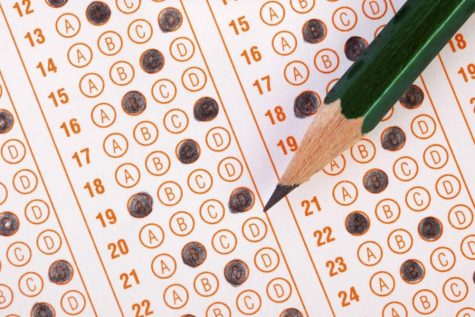
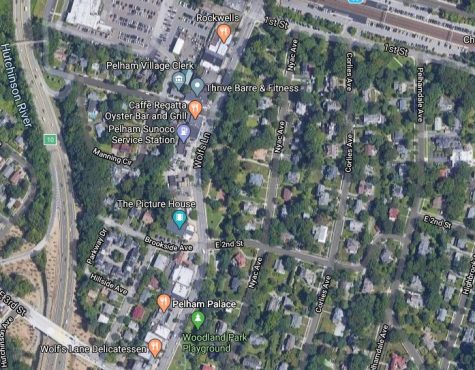

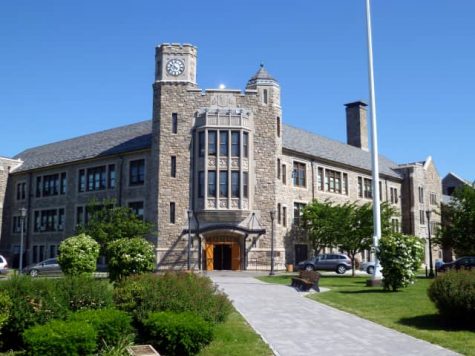
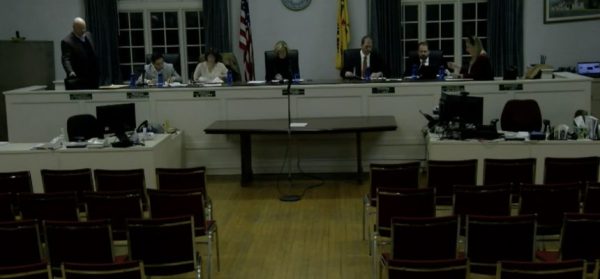
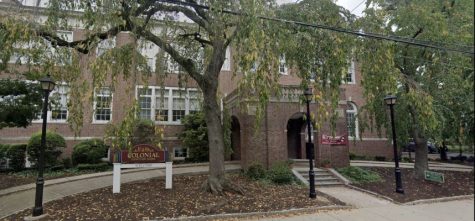


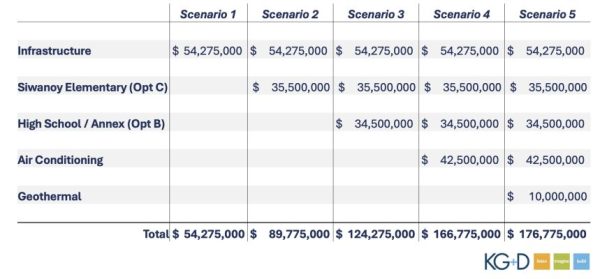
Dr. Michael Owen-Michaane • Apr 13, 2021 at 10:29 pm
Expectations matter. High Expectations at the top can make a huge difference.
As a Board member I will strongly advocate that EVERY student, including High Schoolers, who wants to return to full time in person instruction MUST be allowed to do so.
During the peak of COVID, Dr. Laura Forese, COO of NewYork-Presbyterian Hospital, set high expectations for those of us on the front line.
She did not ask “How many patients can fit in the ICU?”
Instead she asked “How will we provide ICU level care to EVERY patient who needs it?”
Setting the Expectation that every patient would get appropriate care with no rationing made a huge difference. Instead of counting how many ICU beds we had, the hospital had to get creative like using OR’s, the cath lab, endoscopy suite, and converting regular hospital units to ICU’s. We even moved less sick patients to the hospital lobby and the bubble over the Columbia football field to make more space for ICU patients.
As Tommy Roche points out in his article, there are creative solutions to get more high schoolers back in school.
To Tommy and his family, I hear you.
I will use my knowledge, expertise, and advocacy to get you and all Pelham students who choose in person instruction back in school safely.
I ask for your vote on May 18 for the Board of Education.
[email protected]
Barbara Sartore • Apr 13, 2021 at 10:23 pm
Thank you Tommy for giving a voice to the seniors (and most of their families) and offer your point of view particularly to the Superintendent and the BOE. They failed you by ignoring what you have been going through this year. Even worst Dr. Champ has declared that you are all thriving. Obviously she doesn’t have any idea of what her senior class is going through. It is then even more important to make your voice heard. And I applaud you for doing that.
Julie Fair • Apr 13, 2021 at 7:02 pm
Well done Tommy, as always.
Simona Beldiman • Apr 13, 2021 at 2:41 pm
Thank you Tommy for such a great article, you pointed out all the reasons behind the disappointment and frustration that the seniors and their families are feeling right now, along with the rest of the students in the other PMHS grades. There is a strong shared feeling among the high school students that Dr. Champ and the BOE have let them down, while the comparable school districts in Westchester figured out a way to reopen fully.
Paige Gilman • Apr 13, 2021 at 12:58 pm
Thank you Tommy for a well written article! We need to think out of the box and come up with solutions – especially for our seniors! This class has not been together as a grade since last March and while all grades are suffering, this is our seniors last opportunity to bond with their classmates as one class – 2021! I implore the administration, the school board and all seniors and caretakers to come together with additional solutions to make our seniors a priority. Tommy had some great ideas – let’s implement them and do better. Thanks!
Carla Grammatica • Apr 13, 2021 at 12:55 pm
Well said Tommy! My heart breaks for our seniors who will forever look back at their last year in high school, which is supposed to be the most exciting and spirit filled year, with disappointment in the decisions that were made that so negatively impacted them. This is not April 2020, when this virus was so mysterious and not well understood. In consideration of how many people have been vaccinated, how many have already had COVID, and the low positivity rate in our area; these confusing and complex measures don’t seem necessary. We can probably do away with the clumsy shields, and return to 100% in person learning with strict mask enforcement. and be fine! This should be our goal for at least the last 6 weeks of school. The mental health of our children needs to be a consideration.
Suzanne Wies • Apr 13, 2021 at 12:48 pm
This hits on so many important factors and offers great solutions – “PMHS should allow select grades in for FTIP learning”.
Add Mamaroneck/Larchmont to the list of FTIP – Why not Pelham? Stagger in-person by grade or something creative that at the very least puts them together for the remaining months of HS.
Great article Tommy!
Elisa Kavanagh Bryan • Apr 13, 2021 at 11:29 am
Thank you Tommy! I couldn’t agree more. Not having the senior class back together is really sad. If other similar districts can make it happen for their seniors why can’t we? Its really so frustrating!
Claudia Maher • Apr 13, 2021 at 10:14 am
Well said Tommy! Your sentiment is definitely shared with the whole student body as well as the parents. The Administration and BOE has let down our children, especially our Seniors. How can our neighbors figure it out and Pelham can’t! Our seniors deserve more!
Jennifer Dunbar • Apr 13, 2021 at 9:42 am
Tommy,
Thank you for your well-written and heart felt article. You are certainly not alone in your disappointment and frustration. As a parent of a senior, I am extremely frustrated that our school has not figured out a way to get if not all of the HS, at least the seniors for their last two months to ever be in Pelham Memorial High School again. I feel so terrible that this class will not have the fond memories of spending their last Olympics together and their last few months of senior year. What a disservice, especially considering all of the towns that have made it work.
Traci Young-Shotkoski • Apr 12, 2021 at 9:36 pm
Thank you Tommy! Well done. Extremely articulate article expressing the sadness, frustration & disappointment so many are feeling. Hopes were absolutely crushed. You and all of our seniors will never get back what has been lost this senior year (and let us not forget half of Junior year was lost as well) I am so sorry those in charge could not figure out a way to make it work for the final 8 weeks of a 13 year grade school journey. Every grade has been affected but every grade can hope, pray and assume next year will be better …… except the Seniors. No do overs for the Class of 2021.
Andi Cork • Apr 12, 2021 at 8:08 pm
Really great, well written article expressing our seniors’ experiences so well. Thank you Tommy!